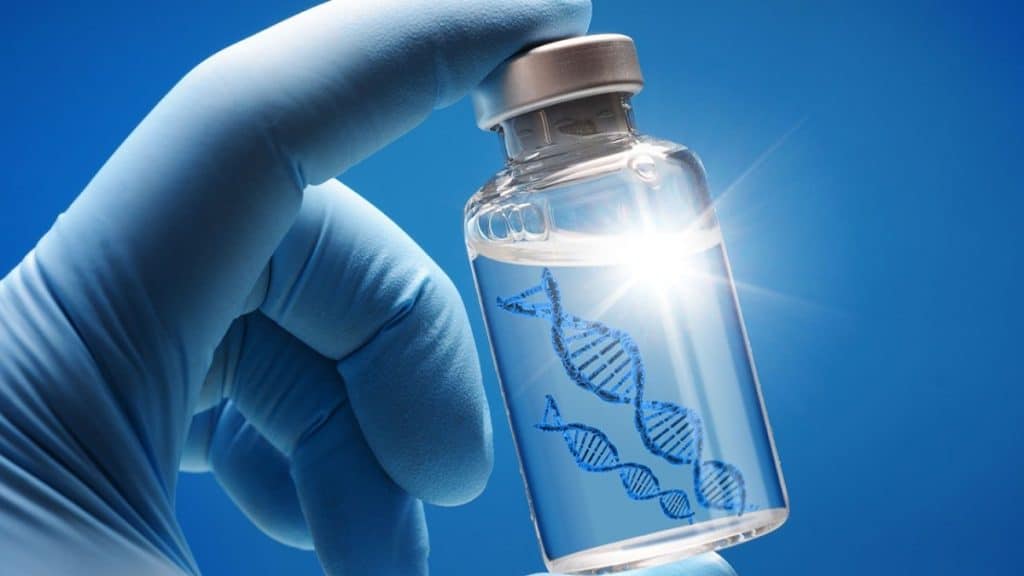Introduction to Analytical Techniques in Biopharma
The biopharmaceutical industry relies heavily on precise analytical techniques to ensure the development and production of high-quality products. These methods, from basic spectroscopy to advanced techniques like static light scattering (SLS), are crucial in quality control and research. Each technique offers unique advantages and specific applications, making it indispensable for researchers and developers. By providing detailed insights into the molecular characteristics of biopharmaceuticals, these techniques help ensure the efficacy, safety, and consistency of biopharmaceutical products.
Analytical techniques are the backbone of biopharmaceutical research. They provide essential data that drive decision-making throughout the drug development process. From the early stages of drug discovery to final product release, these methods ensure that the drugs are potent, pure, and stable. The growing complexity of biopharmaceuticals demands advanced analytical techniques that can keep pace with innovation. As a result, methods like SLS have become critical in the biopharma industry for their ability to measure molecular properties accurately.
In-depth Look at Static Light Scattering and Its Principles
Static light scattering (SLS) is a sophisticated analytical technique used to measure the molecule’s molecular weight and size of molecules in a solution. This non-invasive method hinges on light scattering by particles in a suspension. When a beam of light passes through a sample, it scatters in various directions. The scattered light is then measured to yield critical data about the sample’s molecular characteristics.
The principles behind SLS involve shining a laser through a sample solution and detecting the intensity of scattered light at various angles. The degree of light scattering is directly related to the molecular weight and size of the particles within the sample. By analyzing these patterns, researchers can derive accurate measurements of these properties. This method is invaluable in the biopharmaceutical industry, where understanding molecular weight and size is paramount for developing effective and safe drugs.
SLS measures the time-averaged intensity of scattered light, which differs from its counterpart, dynamic light scattering (DLS), which focuses on fluctuations in light intensity due to particle movement. SLS is beneficial for measuring larger molecules and complexes, providing high precision in determining molecular weights. This method’s noninvasive nature preserves the sample, allowing for continued analysis and testing without degradation or loss of material.
Comparison of SLS with Other Analytical Methods
Comparing SLS to other methods, such as dynamic light scattering (DLS) and size-exclusion chromatography with multi-angle light scattering (SEC-MALS), highlights several distinctions:
- SLS vs. DLS: SLS measures the absolute molecular weight and size, offering precise data about the sample’s properties. On the other hand, dynamic light scattering (DLS) measures the diffusion rate of particles, which is influenced by their size and shape. DLS is beneficial for analyzing polydisperse samples with a range of particle sizes.
- SLS vs. SEC-MALS: SEC-MALS combines chromatography and light scattering techniques, enabling complex mixtures’ separation and detailed analysis. It is especially beneficial for studying biomolecular interactions, aggregation, and heterogeneity within samples.
While dynamic light scattering helps measure the size distribution of particles within a sample, it does not provide direct molecular weight information. This is where SLS stands out by offering a more precise molecular weight and size determination. DLS is advantageous for analyzing particles that exhibit rapid diffusion in solution, making it ideal for smaller particles and those with varying sizes.
In contrast, SEC-MALS provides comprehensive data by separating the sample into its components and measuring their light-scattering properties simultaneously. This dual approach allows for the detailed analysis of complex mixtures, such as protein aggregates and conjugates, making it a powerhouse for studying biomolecular interactions and assessing sample purity.
Real-world Applications and Benefits of SLS in Biopharmaceutical Research and Development
The adoption of SLS within biopharmaceutical research has significantly transformed molecular characterization practices. Below are some of the most noteworthy applications and benefits:
- Protein Aggregation: SLS is instrumental in detecting and quantifying protein aggregation, which is crucial in developing stable biotherapeutics. Aggregation can affect a drug’s efficacy and safety, making its detection vital for quality control.
- Molecular Weight Determination: Precise measurements of molecular weight provided by SLS ensure the accurate characterization of biopharmaceuticals, a critical step in gaining regulatory approval. Accurate molecular weight data is essential for demonstrating a product’s consistency and potency.
- Formulation Development: Understanding how biopharmaceutical formulations behave under varied conditions can create more effective and safe therapeutic products. Stability studies, supported by SLS data, help optimize formulations and improve shelf life.
- Batch Consistency: Advanced analytical techniques like SLS ensure that each production batch adheres to stringent quality standards, thereby reducing the risk of variability in the final product. Ensuring consistency between batches is essential for maintaining drug efficacy and patient safety.
SLS is a critical tool in biopharmaceutical research, providing detailed and accurate molecular data. This information is vital for understanding the behavior of molecules, interactions, and stability within different formulations. As the industry continues to evolve and face new challenges, techniques like SLS will remain essential for overcoming obstacles and advancing therapeutic development.
